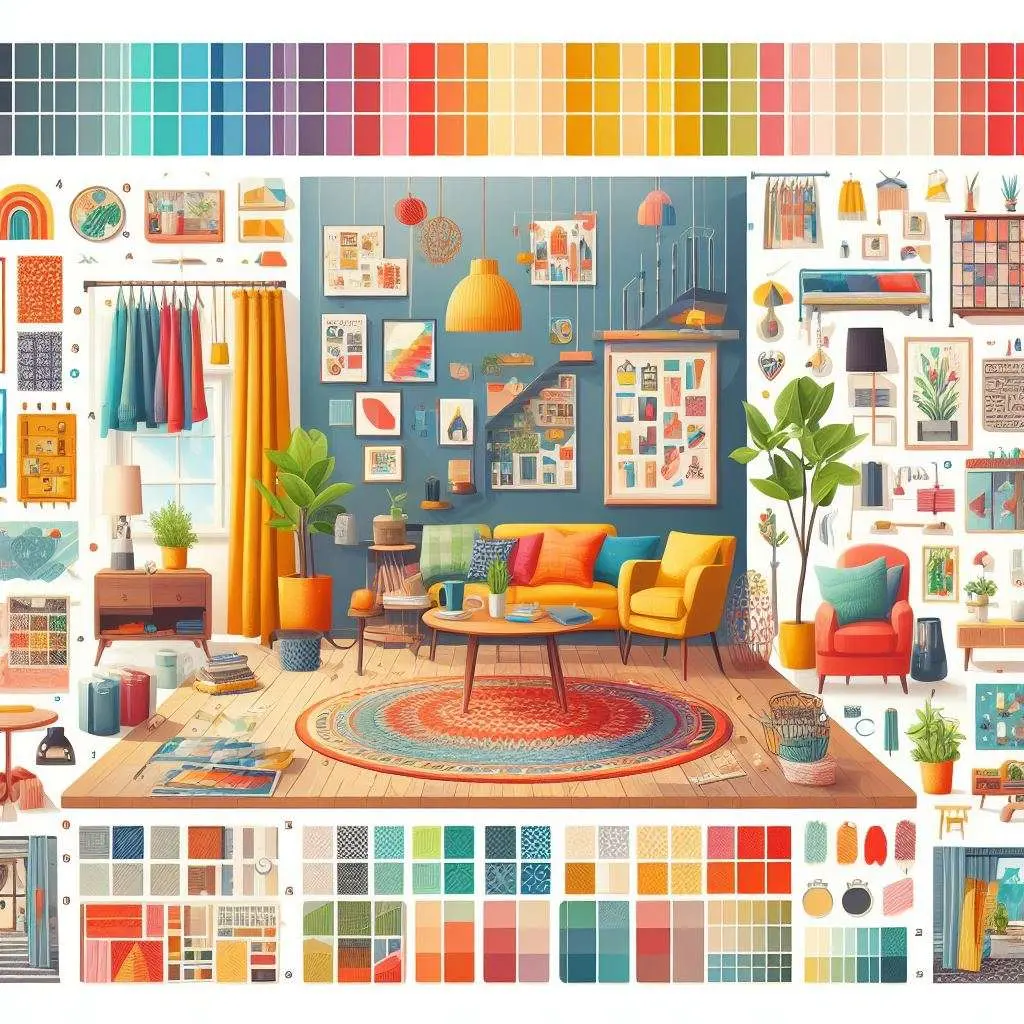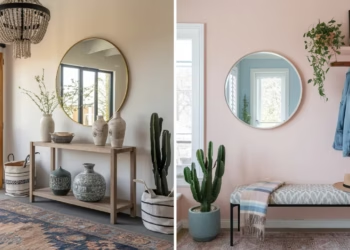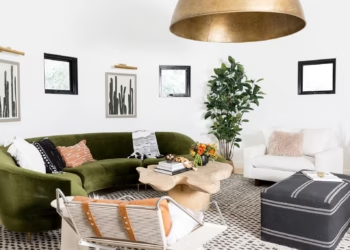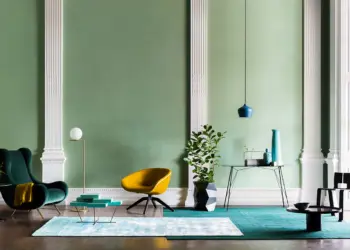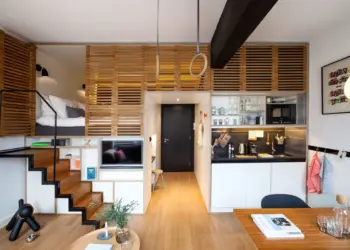Now, it’s time to delve into the world of vibrant home aesthetics and explore how you can add an invigorating burst of colors to your living space. From understanding the psychological impact of colors to mastering the art of color coordination, this guide will help you transform your home into a captivating and visually stimulating sanctuary that reflects your unique style and personality.
Table of Contents
Adding Colors to Your Home
Adding colors to your home goes beyond mere decoration; it’s a transformative journey that can significantly impact the overall ambiance and energy of your living space. By incorporating a thoughtful and well-planned color scheme, you can create an environment that not only reflects your personal taste but also nurtures a sense of comfort and positivity.
Understanding the Impact of Colors on Mood and Ambiance
Understanding the impact of colors on mood and ambiance is crucial in selecting the right tones for your home. Different colors evoke distinct emotions and energies, ranging from calm and tranquility to excitement and vitality. By grasping the psychological effects of colors, you can curate a home atmosphere that resonates with your desired ambiance and fosters a harmonious living environment.
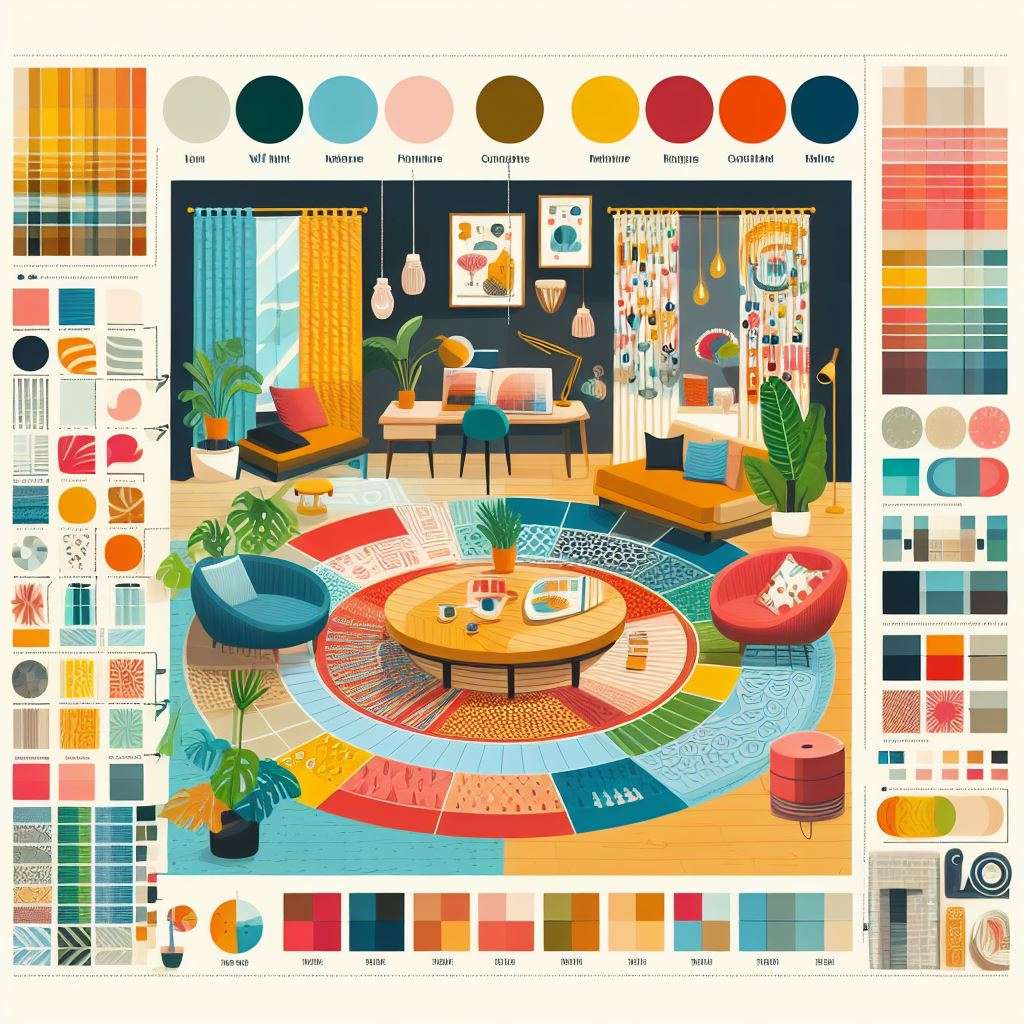
Choosing the Right Color Palette for Each Room
When it comes to choosing the right color palette for each room, consider the function and purpose of the space. Opt for soothing and relaxing hues in bedrooms, vibrant and energizing tones in living areas, and refreshing and invigorating shades in kitchens and dining areas. Tailoring the color palette to each room’s specific role creates a cohesive and balanced flow throughout your home.
Embracing Accent Walls and Statement Pieces
Embrace accent walls and statement pieces to infuse a splash of vibrancy into your home decor. Highlight a specific wall with a bold and striking color to create a focal point that adds depth and character to the room. Incorporate statement furniture or decor items in vibrant tones to elevate the visual appeal and inject a sense of playfulness and creativity into your living space.
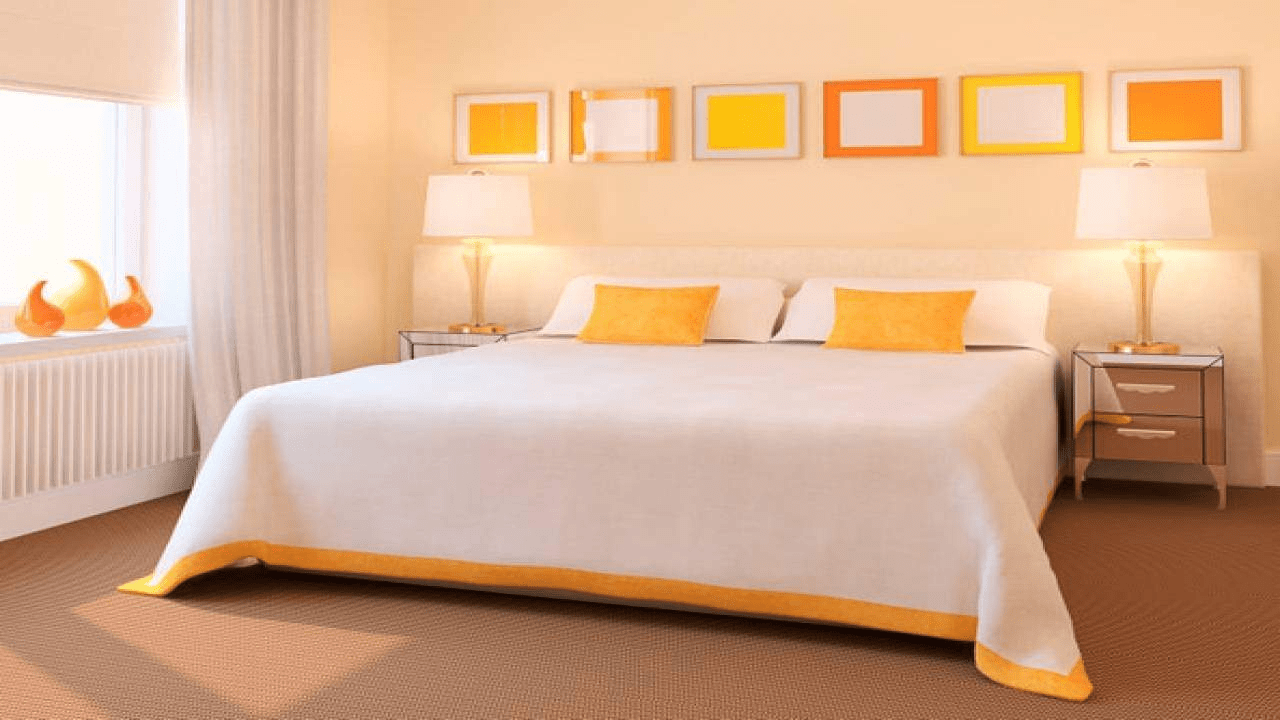
Incorporating Colors Through Furniture and Decor
Incorporate colors through carefully selected furniture and decor pieces that complement your overall design theme. Integrate colorful rugs, throw pillows, curtains, and artwork that add pops of hues and create a dynamic visual interest within the room. Use these elements to tie together different color tones and create a cohesive and inviting atmosphere that reflects your personal style.
Creating a Cohesive Color Scheme Throughout the Home
Creating a cohesive color scheme throughout the home fosters a seamless transition from one room to another. Choose a consistent color theme that flows harmoniously from space to space, creating a unified and well-connected environment that promotes a sense of continuity and balance within your living space.
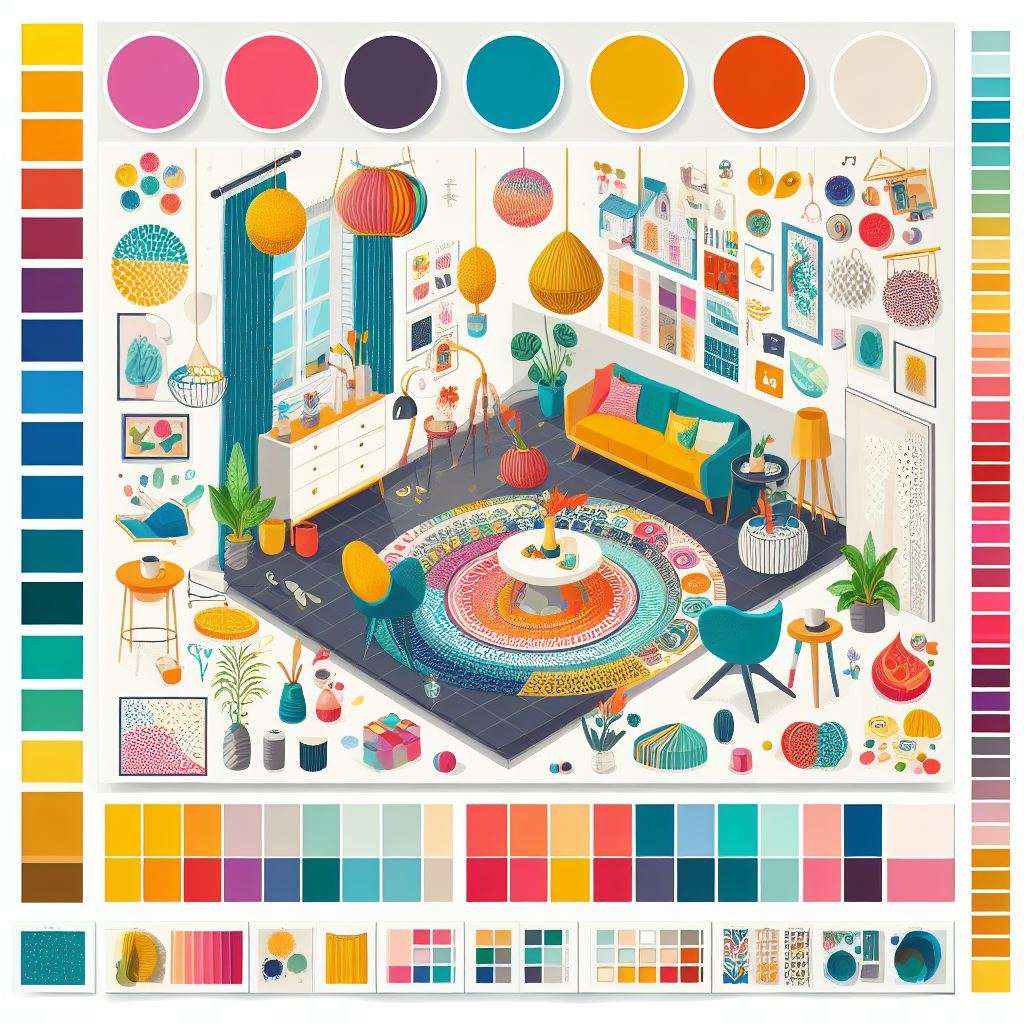
Exploring the Psychology of Different Color Families
Delve into the psychology of different color families to gain insights into their symbolic meanings and cultural associations. Explore the calming effects of blues, the energizing properties of yellows, the grounding nature of earth tones, and the invigorating vibes of reds and oranges. Understanding the nuances of each color family allows you to make informed choices that resonate with your desired emotional and visual impact.
Balancing Bold and Neutral Colors for Visual Harmony
Achieve visual harmony by balancing bold and neutral colors within your home. Integrate vibrant tones with softer, neutral shades to create a well-balanced and visually appealing composition that neither overwhelms nor underwhelms the senses. Striking a balance between contrasting color elements fosters a sense of equilibrium and sophistication within your living space.
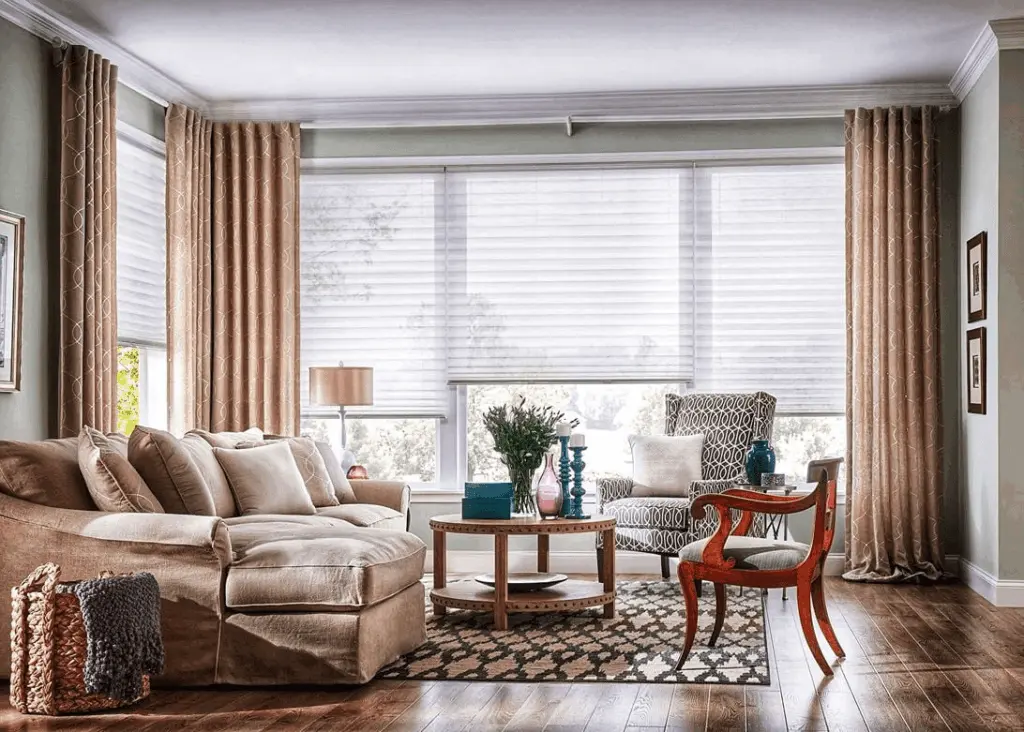
Maximizing Natural Light to Enhance Color Vibrancy
Maximize natural light to enhance the vibrancy and richness of colors within your home. Allow ample sunlight to penetrate through windows and openings, illuminating the space and bringing out the true essence of your chosen color palette. Natural light not only enhances color vibrancy but also contributes to a brighter and more inviting atmosphere that uplifts the mood and ambiance of your living environment.
Using Colors to Define Spaces and Functions
Use colors strategically to define different spaces and functions within your home. Employ warm and inviting tones in communal areas to foster a sense of togetherness and comfort, while incorporating soothing and calming shades in private areas to encourage relaxation and introspection. Leveraging colors to define spaces helps establish a cohesive narrative that complements the unique purpose and atmosphere of each room.
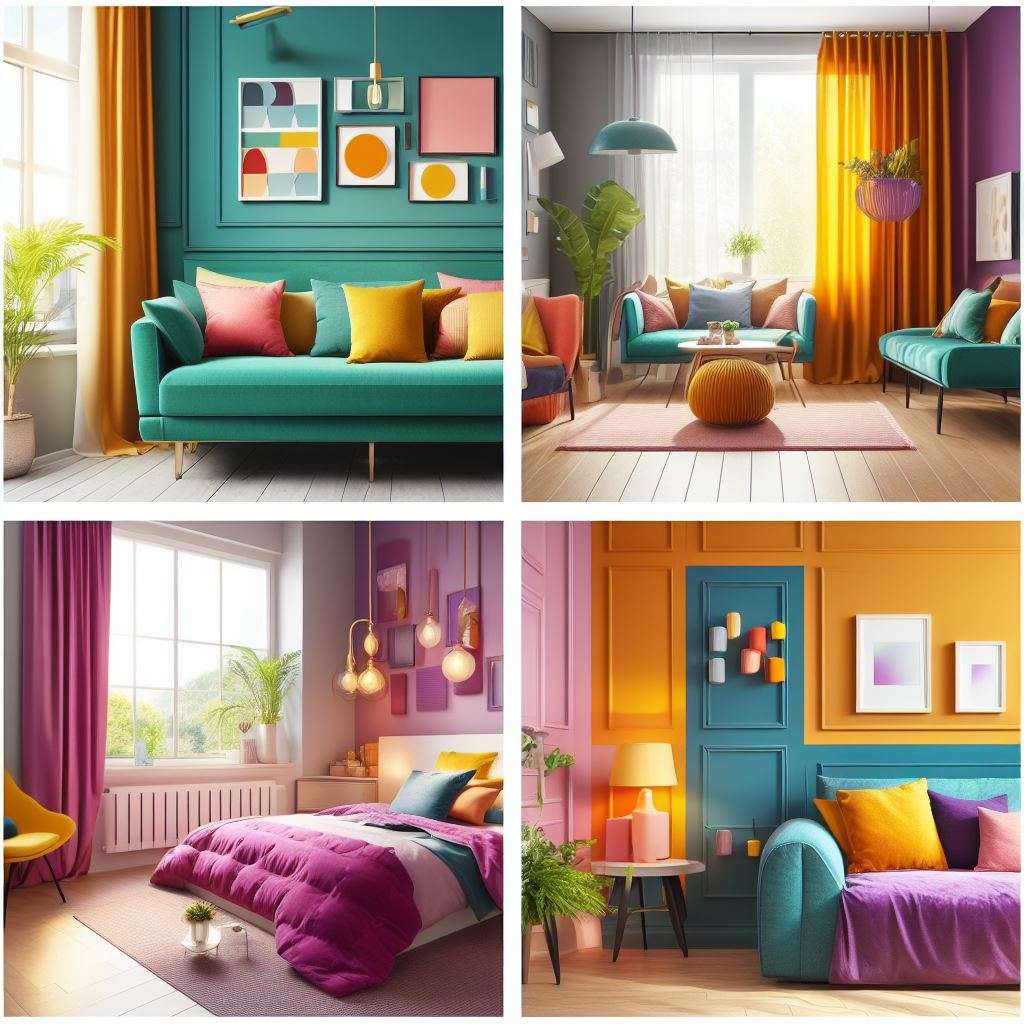
Incorporating Colorful Textures and Patterns
Incorporate colorful textures and patterns to add depth and dimension to your home decor. Introduce tactile elements such as textured wallpapers, patterned fabrics, and woven accessories that not only enrich the visual appeal of the space but also create a tactile experience that stimulates the senses and elevates the overall aesthetic of your living environment.
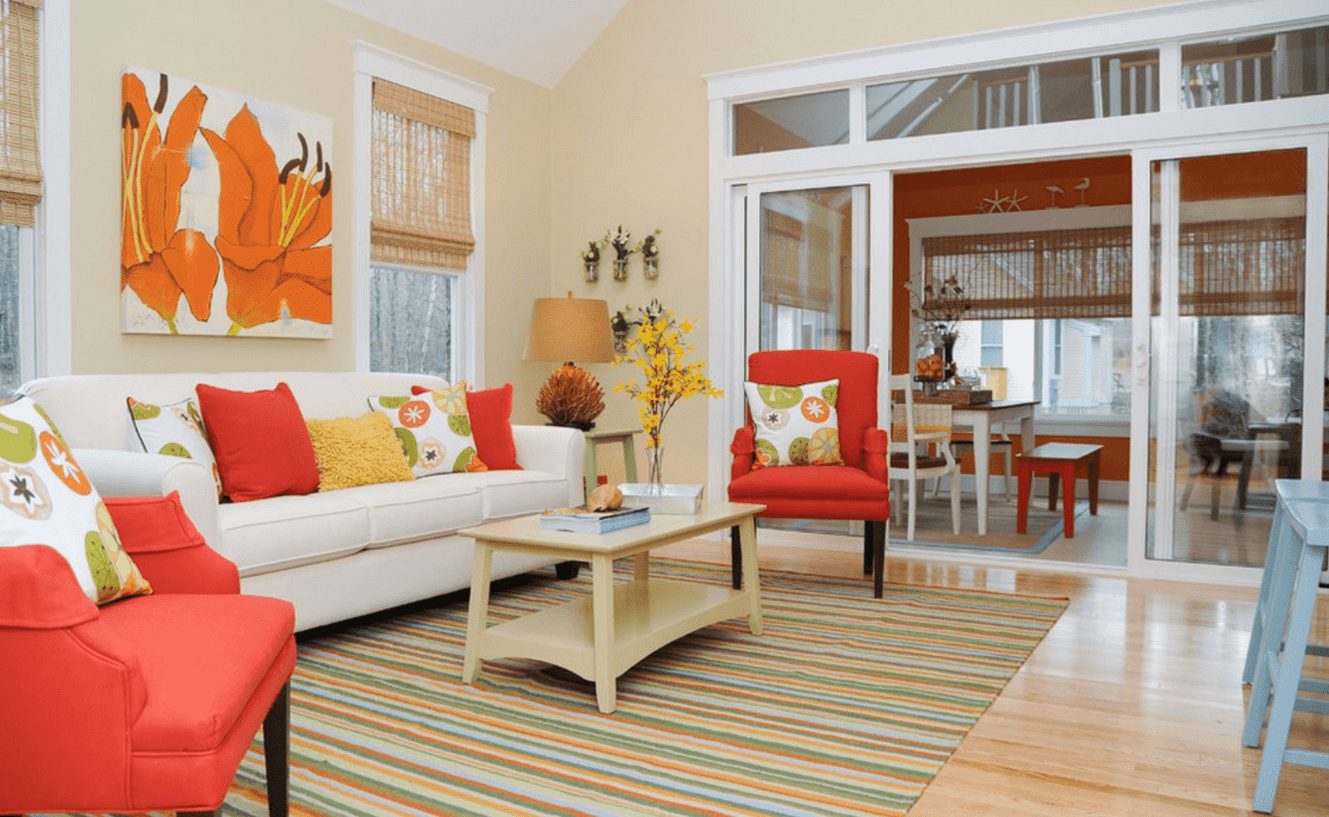
Infusing Colors in Unexpected Places
Infuse colors in unexpected places to spark creativity and curiosity within your home. Consider adding vibrant hues to ceiling accents, door frames, or built-in shelving units to create a surprising and visually engaging effect that adds an element of surprise and delight to your interior design. Experimenting with colors in unconventional spaces allows you to push the boundaries of traditional decor and infuse your home with a playful and unconventional charm.
Incorporating Seasonal Color Palettes for Variety
Incorporate seasonal color palettes to introduce variety and dynamism into your home decor. Embrace warm and cozy tones during the autumn and winter months, and infuse cool and refreshing shades during the spring and summer seasons. Adapting your color scheme to reflect the changing seasons not only creates a sense of seasonal harmony but also allows you to embrace the natural beauty and energy of each time of the year.
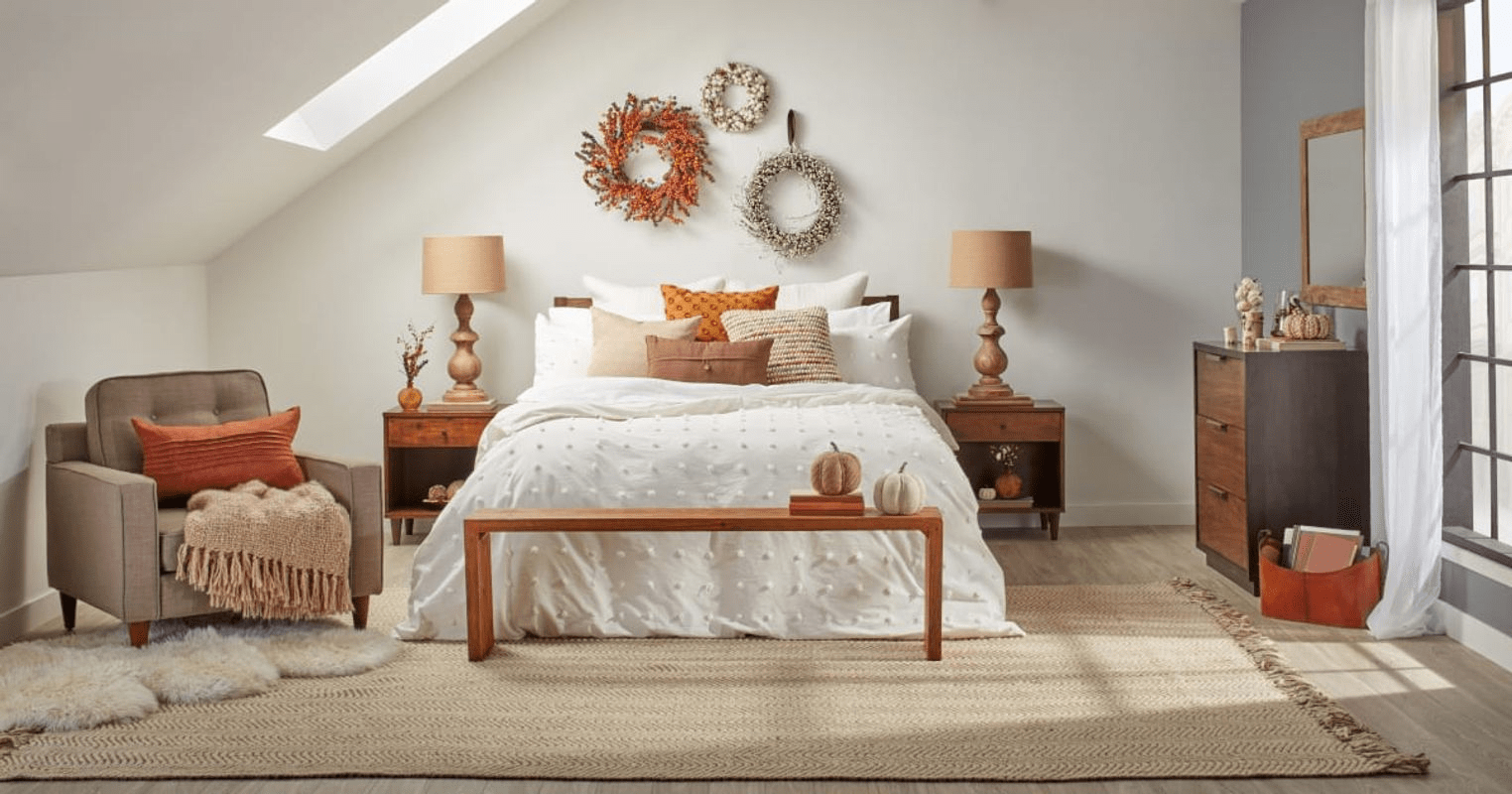
Harnessing the Power of Color Contrast and Complementarity
Harness the power of color contrast and complementarity to create visually striking and balanced compositions within your home. Experiment with complementary color combinations to create a vibrant and harmonious environment, or play with contrasting hues to establish a bold and dramatic visual impact that adds a touch of sophistication and flair to your living space.
Maintaining Balance and Consistency in Color Application
Maintain balance and consistency in color application to ensure a cohesive and harmonious design throughout your home. Pay attention to the proportion and distribution of colors, and avoid overloading the space with too many conflicting tones. Strive for a well-curated and balanced color scheme that promotes a sense of unity and tranquility, fostering a welcoming and inviting atmosphere that resonates with your personal style and aesthetic preferences.
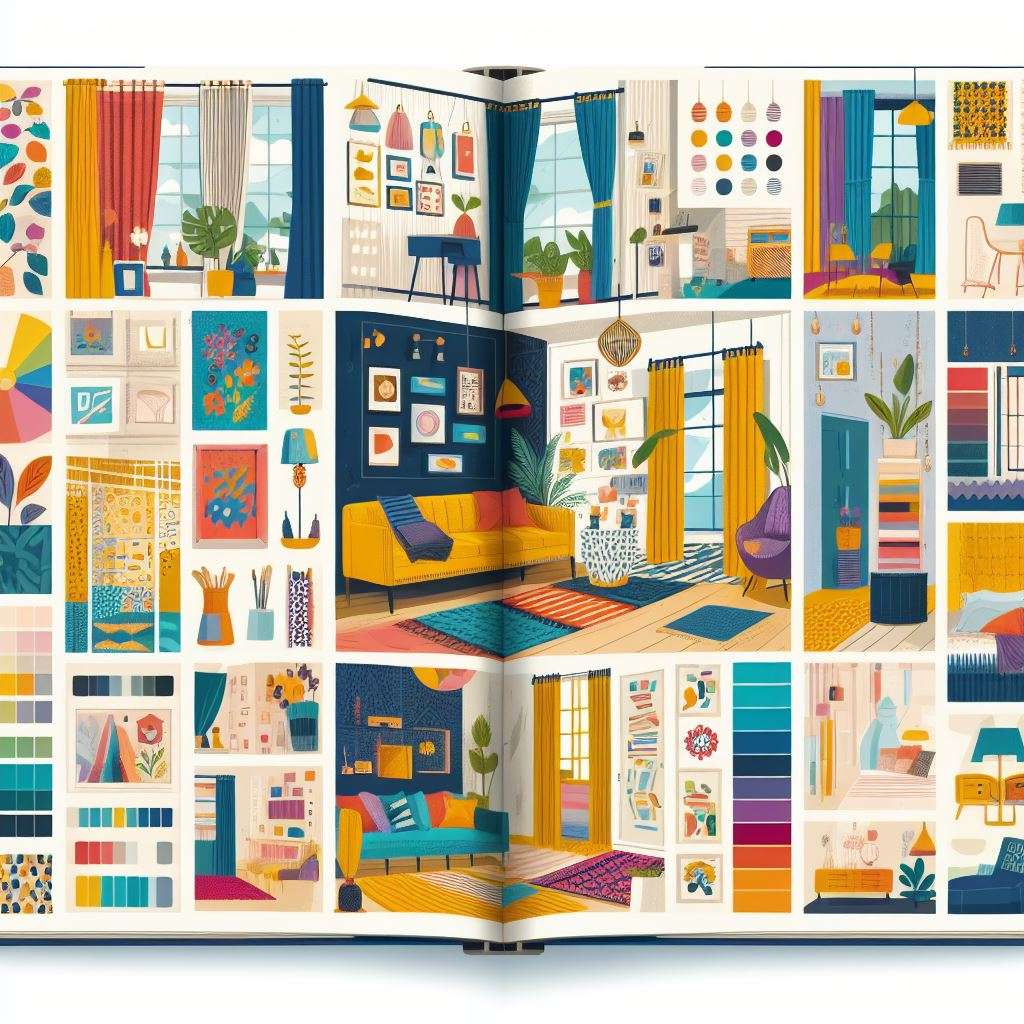
Adding colors to your home is an artful process that allows you to express your creativity and individuality. By following these insightful tips and design strategies, you can create a vibrant and visually captivating living space that reflects your unique personality and elevates the overall aesthetic appeal of your home.
FAQs
What are some popular color choices for creating a calming atmosphere in the home?
Popular color choices for creating a calming atmosphere include soft blues, soothing greens, and gentle grays. These colors evoke a sense of tranquility and serenity, promoting a peaceful and relaxing ambiance within the home.
How can I incorporate bold colors into my home decor without overwhelming the space?
To incorporate bold colors without overwhelming the space, use them sparingly as accent pieces or focal points. Pair bold colors with neutral tones to create a balanced and visually appealing composition that adds a touch of vibrancy and character to your home decor.
What are some effective ways to create a cohesive color scheme throughout the home?
To create a cohesive color scheme throughout the home, choose a consistent color palette that complements each room’s design and purpose. Use a unifying element, such as a specific accent color or complementary shades, to tie together the different spaces and create a seamless flow that promotes visual harmony and coherence.
How can I utilize colors to enhance the visual appeal of small spaces in my home?
To enhance the visual appeal of small spaces, opt for light and bright colors that create an illusion of openness and spaciousness. Use mirrors to reflect light and create a sense of depth, and incorporate strategic pops of color to add visual interest and dimension without overwhelming the limited space.
What are some creative ways to incorporate seasonal colors into home decor?
Creative ways to incorporate seasonal colors into home decor include swapping out decorative accents, such as throw pillows and curtains, to reflect seasonal hues. Additionally, consider incorporating seasonal flowers, foliage, and seasonal-themed decor items to infuse a touch of seasonal charm and vibrancy into your living space.
How can I add more color to my house?
Adding more color to your house can be achieved through accent walls, vibrant accessories, and colorful artwork or furnishings.
What is the 60-30-10 rule?
The 60-30-10 rule in interior design suggests using 60% of a dominant color, 30% of a secondary color, and 10% of an accent color to create a balanced and harmonious color scheme.
How do you add color to a boring room?
To add color to a dull room, consider incorporating colorful textiles, vibrant rugs, or decorative accent pieces to liven up the space.
How to color your home?
Coloring your home involves choosing a color palette that aligns with your preferences and the overall style you want to achieve, integrating colors through various elements like walls, furniture, and decor to create a cohesive and inviting atmosphere.
